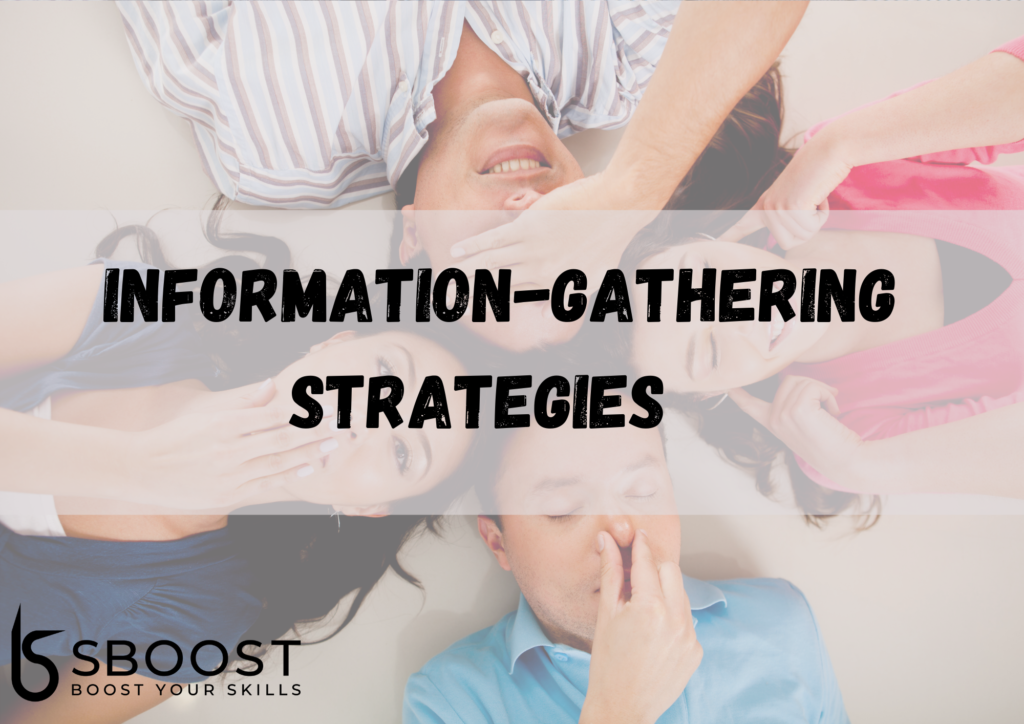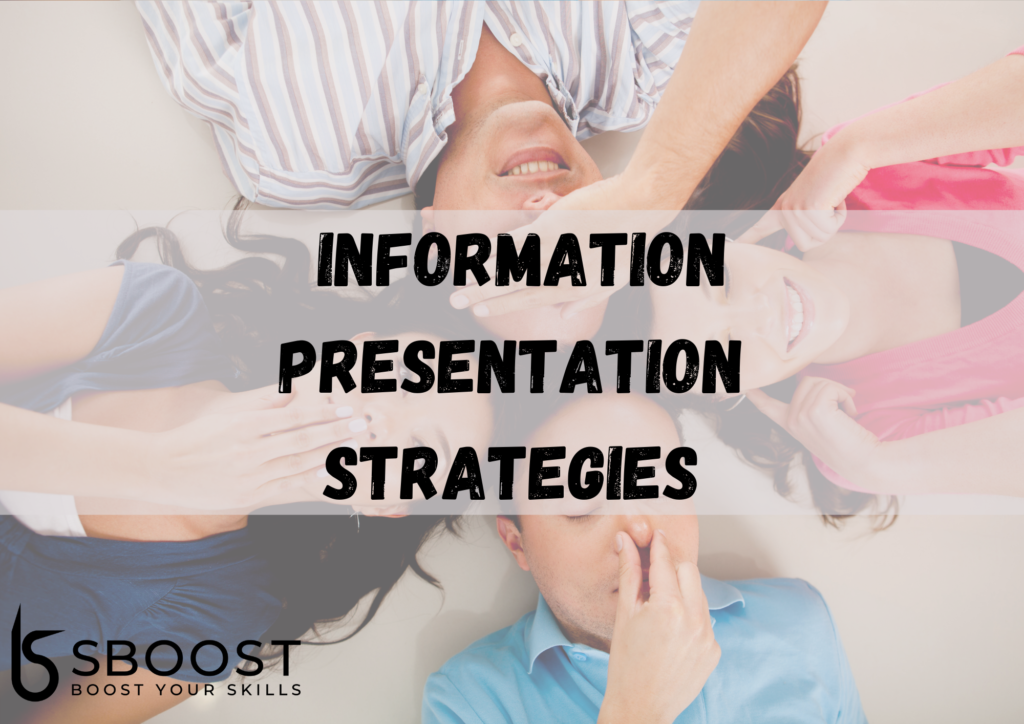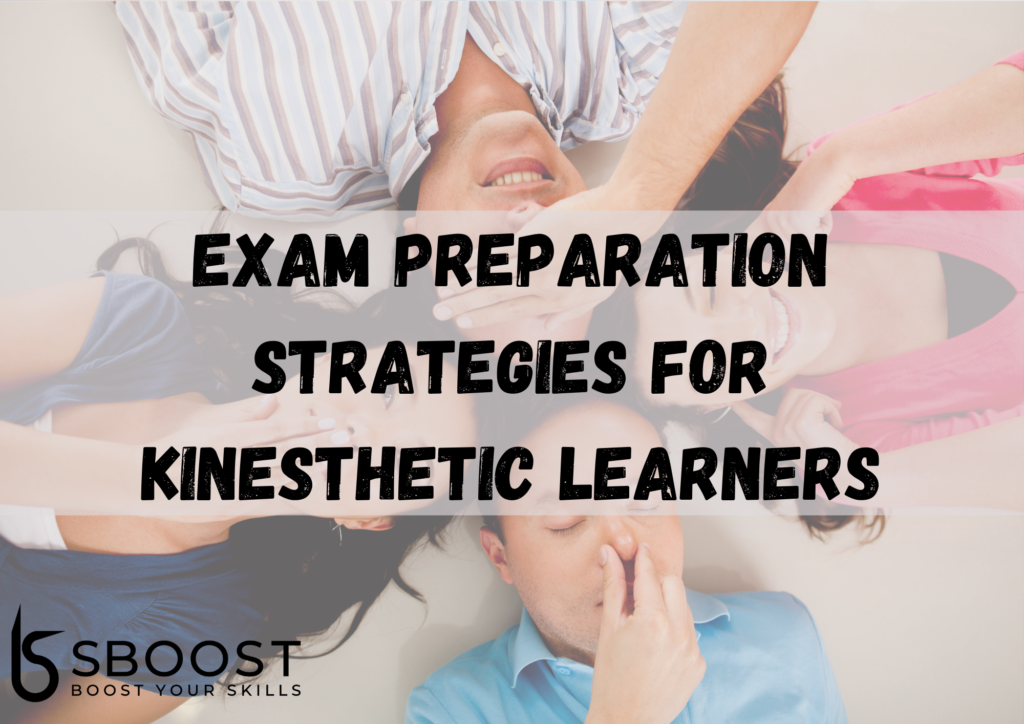Kinesthetic Learners’ 3 Best Learning Strategies

Oftentimes, people with Kinesthetic tendencies prefer to experience information or watch it being experienced before they accept it.
Because of that, this category of people use their experiences and real tangible things to retain and memorize information, even when shown as only images or on screens.
Strategies to Retain Information Quickly

- Use your senses – sight, touch, taste, smell, hearing…;
- Use hands-on approaches;
- Read case studies;
- Watch videos, especially those that show real things;
- Look at exhibits, samples, photographs….;
- Use surveys, field trips and interviews;
- Take notice of real-life examples and personal stories;
- Look for examples of principles;
- Learn through trial and error;
- Look for opportunities to apply what you have learned;
- Use actions to help your understanding.
Strategies to Present and Explain Information Effectively

- Focus on the “real” things that happened; reality is what is important;
- Use plenty of examples when you talk, discuss, present, or write;
- Use your previous experience as the basis for any decision-making;
- Use case studies and applications to help with difficult principles and abstract concepts;
- Get others to focus on details. Use details to argue against principles or abstract ideas;
- Stay in the moment, don’t slip.
Education Strategies for kinesthetic learners:

- Include several examples in your course notes;
- Use case studies and real-world applications to illustrate abstract principles and concepts;
- Discuss your notes with another “kinesthetic” type person;
- Use pictures and photographs that illustrate an idea;
- Go back to the lab or your lab manual;
- Remember the experiments, practical exercises, excursions;
- Find pictures and photographs that illustrate an abstract idea, theory, or principle;
- Role-play the test situation in your own study room.
If you want to learn about the strategies of other Learning Styles, click the one you’re interested in:
For more information and tips, be sure to sign up and join our discussion forums and be part of our community.







Responses